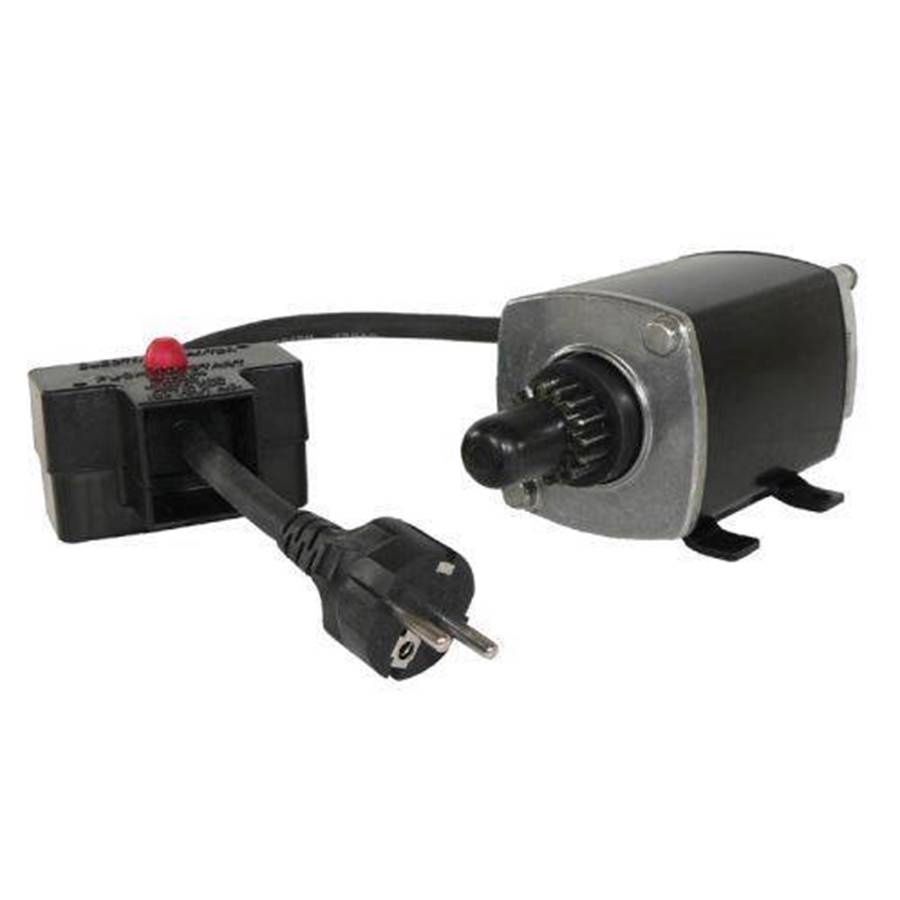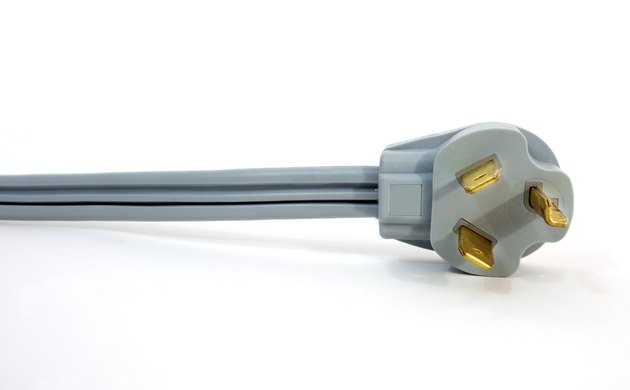
I was once in a building when a substation blew up, and for a brief period of time one of the phases dropped out and the other two went seriously over-voltage before darkness descended. The safety specifications will include a much greater margin of error that the hardware must safely handle for short periods of time before fuses or circuit breakers can do their thing. In any case it's +/- 10%, so 230V might be 253V worst case. Our national supply used to be nominally 240V, but at some point (perhaps for inter-operability with the EU) it was dropped to 230V. Just for interest, here in the UK the reverse happened. But if it is something like a dryer or an oven outlet, it should be perfectly fine. RARELY, something is either old, or made somewhere where they don't follow industry norms (or don't understand, or don't care) and they made it so that it STRICTLY requires a very narrow input voltage. In reality because some commercial and apartment complexes will use 208V 3 phase distribution, and you want to be able to accept 90% of 208V, the equipment manufacturers often actually make their products suitable for -15% from 230V (195V). So partially because of this, the unofficial "Utilization Voltage" level has been 230V for decades, but the tolerance is +-10%, meaning the devices are supposed to be designed to accept anything from 207V to 253V. Generically, it's all referred to as being the " nominal" voltage 220, 230, 240 all being relatively close enough. It's actually somewhat rare for it to actually BE 220V. But because old habits die hard, and because SOME utilities never actually changed, "220V" is a common term still used all over the place.

So for residential single phase distribution, the official voltage is actually 240VAC.

So to avoid having the REA workers have to carry different products for different utility voltages, a standard was established that has become codified as the ANSI (American National Standards Institute) Distribution Voltages that power utilities are SUPPOSED to adhere to. Some time around the 1930s, as part of one of Roosevelt's "New Deal" programs called the "REA" (Rural Electrification Act), power lines were run out to farms and small communities all across the country. Here in the US (we don't know where you are), 220V was an old original standard going back to the 1920s. Distribution voltage levels have changed over the years.

Distribution voltages are required to be +-5% maximum deviation, Utilization Voltages are supposed to be +-10% minimum acceptable. They are not the same values, because it is EXPECTED that there will be a "voltage drop" that takes place between the utility transformer and the point at which the device connects due to the resistance of the wire between them.

Secondly, how many amps can a plug handle? In the U.S., a typical outlet is rated at 15 amps, 120 volts. Similarly, you may ask, how many amps is a 240 volt outlet?Ģ0- amp 240- volt circuit: 20 amps x 240 volts = 4,800 watts.


 0 kommentar(er)
0 kommentar(er)
